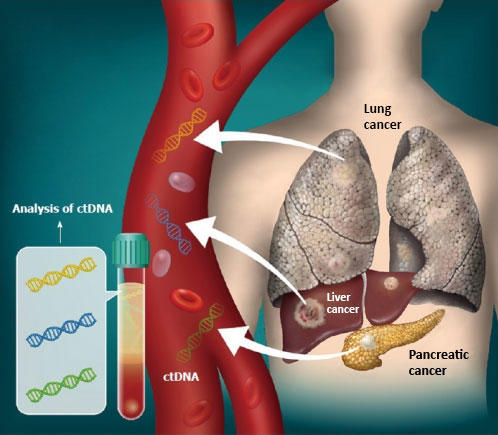Renting in Greater Hobart is unaffordable even for average income earners, according to the 11th annual National Shelter-SGS Economics and Planning Rental Affordability Index released today.
The index, which compares rents to incomes, found the city's affordability has declined by 1% in the past year, with the lack of rental housing and low share of medium and high-density homes, which can be more affordable to smaller households, contributing to the problem.
The Rental Affordability Index now includes Housing All Australians as a key partner, reflecting the critical role of business and public-private partnerships in addressing the nation's housing crisis.
The Index found even average earners are on the cusp of rental stress with the median rent of $520 taking up 28% of the median rental household income of $95,803 per year.
Launceston, Devonport and Burnie are also classed as 'unaffordable', with 'acceptable' rents confined to smaller towns like Queenstown and St Helens.
The situation remains serious for low-income households, with people receiving JobSeeker, pensioners, and single parents working part-time facing 'extremely' or 'severely' unaffordable rents.
"The high cost of rent is forcing families to skip meals, pushing people on low and moderate incomes into homelessness and preventing women and children from escaping family and domestic violence," said Shelter Tas Acting CEO Dr Lauren McGrow.
"Homelessness services are reporting that even workers and families who have never struggled before cannot find an affordable place to call home. We must urgently build more social and affordable homes to take pressure off the private housing market, and strengthen renters' rights."
SGS Economics & Planning Senior Associate Kishan Ratnam said: "Hobart's renters are paying only 10% less than their Melbourne counterparts - even though their incomes are 22% lower."
"All areas within Hobart are 'Moderately Unaffordable' or worse, unlike Melbourne and Sydney, which retain small clusters of 'Acceptable' rents on their outer fringes."
"Rising rents are likely driven by an insufficient supply of rental housing and by Hobart's low share of medium-and high-density dwellings."
The report found that even for a couple both earning minimum wage, Hobart rents were 'moderately unaffordable'.
Dan McKenna, CEO of Housing All Australians, which has recently become a partner in the Affordability Index, said the rental crisis was having a major negative impact on Tasmania's economy and communities.
"When workers cannot find an affordable place to live, this holds back Tasmania's productivity and prosperity," said Mr McKenna.
"Housing that people can afford is absolutely critical economic infrastructure and without it our prosperity is being held back. Governments can't fill our housing shortfall on their own and so innovative public-private partnerships will continue to be absolutely vital to turning this crisis around."
Greater Hobart
Household |
RAI score |
Rent as a share of income |
Relative Unaffordability |
Single pensioner |
68 |
44% |
Severely unaffordable |
Pensioner couple |
80 |
38% |
Severely unaffordable |
Single person on benefits |
43 |
71% |
Extremely unaffordable |
Single part-time worker parent on benefits |
57 |
53% |
Extremely unaffordable |
Single working parent |
132 |
23% |
Acceptable |
Student sharehouse |
103 |
29% |
Moderately unaffordable |
Single income couple with children |
109 |
28% |
Moderately unaffordable |
Dual income couple with children |
218 |
14% |
Very affordable |
Minimum wage couple |
119 |
25% |
Moderately unaffordable |
Hospitality worker |
124 |
24% |
Acceptable |
Rest of Tasmania
Household |
RAI score |
Rent as a share of income |
Relative Unaffordability |
Single pensioner |
79 |
38% |
Severely unaffordable |
Pensioner couple |
98 |
31% |
Unaffordable |
Single person on benefits |
50 |
61% |
Extremely unaffordable |
Single part-time worker parent on benefits |
70 |
43% |
Severely unaffordable |
Single working parent |
162 |
19% |
Affordable |
Student sharehouse |
133 |
23% |
Acceptable |
Single income couple with children |
140 |
21% |
Acceptable |
Dual income couple with children |
280 |
11% |
Very affordable |
Minimum wage couple |
146 |
21% |
Acceptable |
Hospitality worker |
141 |
21% |
Acceptable |






